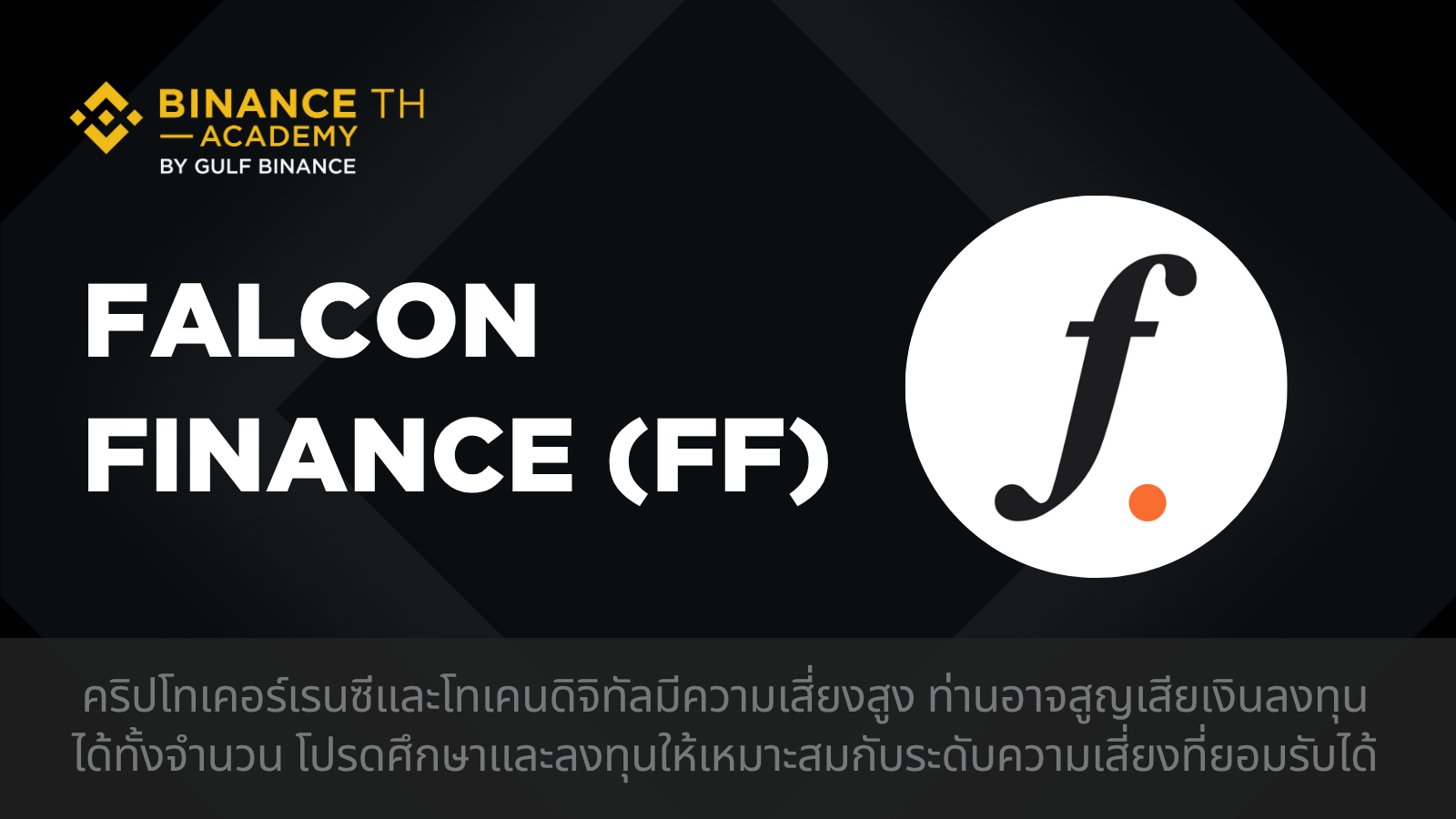What is Falcon Finance (FF)?

Leaving your money or tokens idle can expose you to inflation risk and you might miss potential yield opportunities. Wouldn’t it be great if you could stay liquid and earn returns at the same time.
Falcon Finance is a decentralized protocol that provides infrastructure for asset collateralization, enabling the creation of synthetic assets and simultaneous yield generation. Users can deposit stablecoins or digital assets to mint USDf, a fully or over-collateralized synthetic dollar. USDf can then be staked to receive sUSDf, a yield-bearing token that appreciates over time, or locked for a fixed period to earn higher returns.
For security, Falcon Finance collaborates with independent asset custodians using multi-signature systems and MPC technology, and requires users to pass KYC/AML verification to comply with regulatory and security standards.
How Falcon Finance Works
USDf
Falcon Finance provides two ways to mint USDf
- Classic Mint
Deposit stablecoins like USDT or USDC to receive USDf at a 1:1 ratio. For other assets such as BTC or ETH, additional collateral is required.
- Innovative Mint
For holders of non-stablecoin assets who lock their assets for a set period, the system allows USDf minting while retaining exposure to potential asset appreciation. The amount of USDf minted depends on the lock duration and risk level, ensuring over-collateralization.
(All USDf is over-collateralized and managed via market-neutral strategies to maintain stability independent of market price direction.)
sUSDf
When USDf is staked in Falcon’s vault, users receive sUSDf, a yield-bearing token. The value of sUSDf increases over time based on the protocol’s strategies, including arbitrage, staking, and liquidity provision. The USDf-to-sUSDf exchange rate grows gradually as yields accumulate.
Falcon offers two yield options
- Classic Yield
Earn rewards without locking, withdraw anytime.
- Boosted Yield Vault
Lock USDf or sUSDf for a fixed period (e.g., 3 or 6 months) to earn higher returns. Each lock is represented by an ERC-721 NFT, which can be redeemed for sUSDf plus additional yield upon maturity.
User Workflow
1. Deposit Assets:
Connect an authorized Web3 wallet and deposit stablecoins or other digital assets (BTC, ETH).
2.Mint USDf:
Mint USDf fully or over-collateralized.
3.Stake USDf:
Stake USDf to receive sUSDf, which appreciates over time.
4.Restake sUSDf:
Lock sUSDf for a fixed term to earn higher yield; each contract is represented by an NFT.
Redemption:
Withdraw sUSDf back to USDf, then redeem for stablecoins at a 1:1 ratio or withdraw the original asset (e.g., BTC/ETH) after the security period.
Risks and Considerations
Before using Falcon Finance, users should consider risks such as cyberattacks, blockchain failures, technical issues, and depeg risk, where USDf may deviate from the dollar due to market volatility or liquidity issues.
Other system risks include internet outages or errors causing transaction delays. Assets sent to external custodians are beyond Falcon’s direct control.
Risk Management
Falcon employs automated monitoring, human oversight, and volatility-reducing trading strategies, balancing liquid and high-risk assets. If stablecoins deviate from their peg, the system will rebalance or hedge immediately. Additionally, a blockchain-based insurance fund supports USDf stability. However, risk cannot be eliminated entirely, and users should assess their risk tolerance before investing.
What Can the FF Token Do
FF is Falcon Finance’s native token, serving as the core of governance, economics, and incentives. FF holders can vote on key proposals such as system upgrades or development plans. FF also provides benefits, including Early access to new products, Higher APY when staking USDf, Reduced collateral requirements for minting and Lower swap fees
FF Token Distribution
Public Sale: 17%
Funding Rounds: 83%
Max Supply 2.34 billion FF, Circulating Supply 10 billion FF
Summary
Falcon Finance is a decentralized protocol that provides infrastructure for asset collateralization, synthetic dollar creation, and access to yield-generation strategies through USDf, sUSDf, and NFT-based locking mechanisms. Users can manage digital assets to generate income while retaining exposure to underlying asset value.
However, investing in digital assets carries risks, including price volatility, depeg risk, and security issues. Users should carefully assess these risks and invest only what they can afford to lose.
